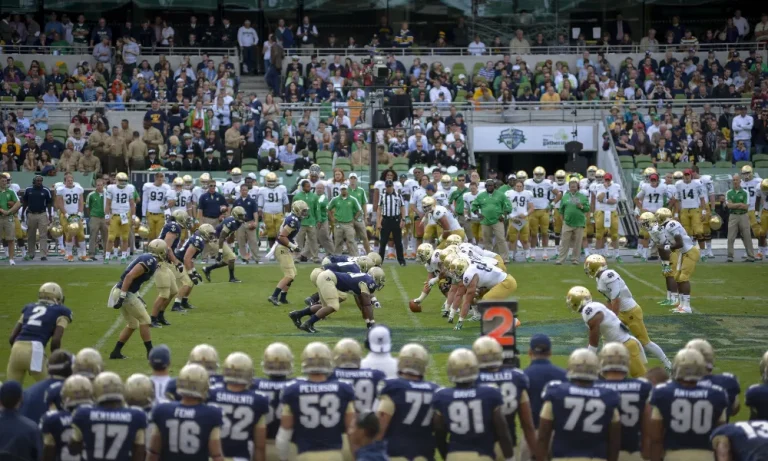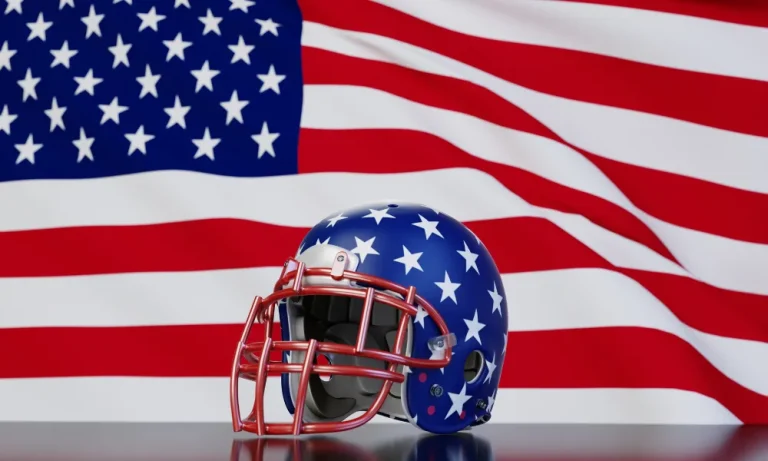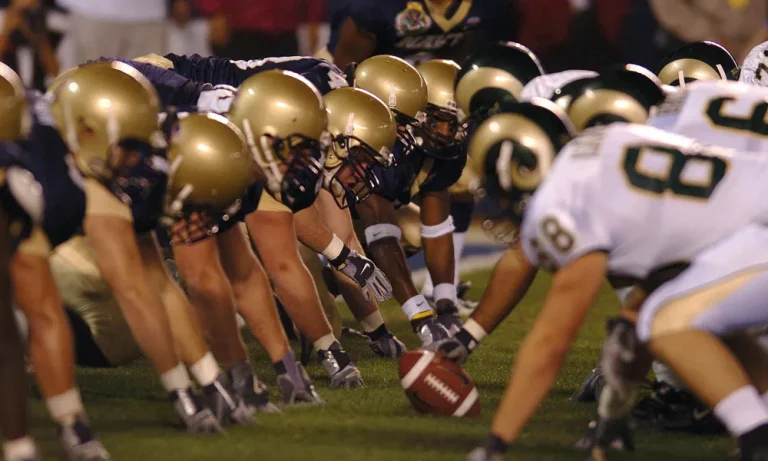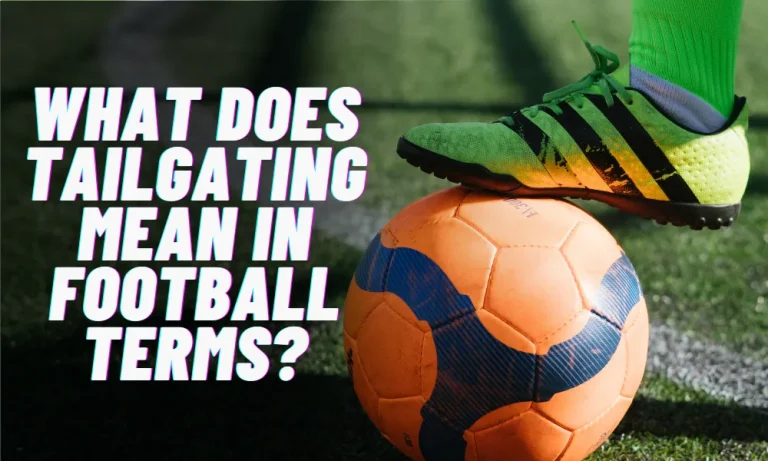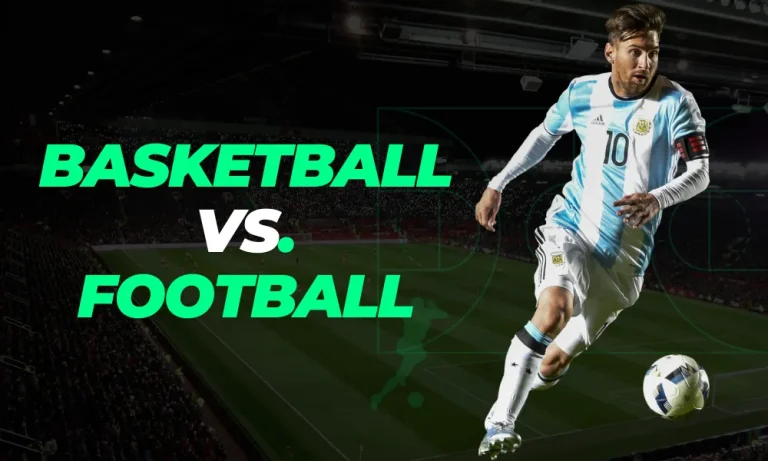What is the Role of a Center Defensive Midfielder in Football?
Football is a game that thrives on strategy and teamwork. Every position on the field plays a vital role, but one position that often goes unnoticed by casual viewers is that of the center defensive midfielder (CDM). So, what is the role of a center defensive midfielder in football? Let’s dive into this intriguing position and uncover its significance in a team’s tactical setup.
What is a Center Defensive Midfielder?
As a football enthusiast, you may have often wondered about the specific role and responsibilities of a center defensive midfielder (CDM). Well, let me break it down for you. A CDM is a player positioned in the central midfield area, just in front of the defensive line. Their primary role is to provide defensive stability and act as a shield for the backline.
The responsibilities of a CDM are multi-faceted. Firstly, they need to be adept at reading the game, anticipating the opposition’s moves, and positioning themselves strategically to intercept passes and break up attacks. Their exceptional tackling skills and ability to win duels make them an essential asset in preventing the opposing team from advancing towards the defense.
The tactical significance of the CDM position in modern football cannot be overstated. In today’s game, where possession-based play and quick transitions are crucial, the CDM acts as a linchpin in the team’s tactical setup. They are often the key link between the defensive and midfield lines, providing a strong defensive foundation while also initiating attacks by distributing the ball to their teammates in advanced positions.
Key Skills and Attributes of a Center Defensive Midfielder
To excel as a center defensive midfielder (CDM), certain essential skills and attributes are required. Let’s delve into them and understand their importance in this pivotal role.
First and foremost, positioning is a fundamental skill for a CDM. It involves understanding the game’s dynamics, reading the play, and being in the right place at the right time. Proper positioning allows the CDM to intercept passes, cut off passing lanes, and provide defensive cover for their teammates.
Tackling is another crucial aspect of a CDM’s skill set. The ability to execute clean and timely tackles is essential in breaking up opposition attacks and regaining possession for the team. Good tackling technique ensures that the CDM can dispossess opponents without committing fouls.
Interception skills go hand in hand with positioning. A CDM should possess the ability to anticipate passes and intercept them effectively. By doing so, they can disrupt the opposition’s rhythm and initiate counter-attacks or maintain possession for their team.
Passing ability is also of utmost importance for a CDM. They need to be able to distribute the ball accurately and efficiently. Whether it’s a short, simple pass to maintain possession or a long, decisive pass to initiate attacking moves, a CDM’s passing ability plays a significant role in the team’s overall gameplay.
Tactical Role of a Center Defensive Midfielder
The tactical role of a center defensive midfielder (CDM) can vary depending on the team’s strategy and the coach’s instructions. Let’s explore the different roles a CDM can fulfill within a team and the formations and systems that effectively utilize their skills.
One common role for a CDM is that of a “destroyer.” In this role, the CDM’s primary focus is to disrupt the opposition’s attacks, win the ball back, and provide defensive cover. They act as a shield for the defense, breaking up play, and neutralizing the opponent’s creative players.
Another tactical role for a CDM is that of a “deep-lying playmaker.” In this role, the CDM not only provides defensive stability but also acts as a starting point for building attacks. They are responsible for dictating the tempo of the game, distributing accurate passes, and initiating attacking moves from deeper positions.
Importance of Defensive Duties
The defensive responsibilities of a center defensive midfielder (CDM) are crucial in protecting the team’s defensive line and thwarting opposition attacks. Let’s delve into the specific duties of a CDM and how they contribute to the team’s defensive solidity.
First and foremost, a CDM acts as a shield for the defense. They position themselves strategically to provide cover and protect the backline from opposition forwards and attacking midfielders. By doing so, they create a defensive barrier that makes it difficult for the opposition to penetrate and create scoring opportunities.
A CDM’s tackling and interception abilities are instrumental in preventing opposition attacks. They engage in clean and timely tackles to dispossess opponents and regain possession for their team. Additionally, their ability to read the game and anticipate passes allows them to intercept the ball and disrupt the opposition’s build-up play.
Contribution to Offensive Play
A center defensive midfielder (CDM) not only excels in defensive duties but also contributes significantly to a team’s offensive play. Let’s delve into the various ways a CDM can make offensive contributions, including initiating attacks, providing support to the midfield, and creating goal-scoring opportunities.
One way a CDM contributes offensively is by initiating attacks from deeper positions. With their excellent passing range and vision, they can distribute accurate long balls or through balls to launch counter-attacks or bypass the opposition’s midfield lines. Their ability to quickly transition from defense to attack can catch the opposition off guard and create scoring opportunities for the team.
Additionally, a CDM provides support to the midfield by acting as a link between the defense and the attacking players. They often drop deeper to receive the ball from the defenders and then distribute it to the more advanced midfielders or forwards. This allows the team to maintain possession, build up play, and create attacking opportunities.
Furthermore, a CDM can contribute to goal-scoring opportunities through their ability to make late runs into the box. While their primary focus is on defensive duties, they can seize opportunities to join the attack and provide an extra option for crosses or through balls. Their presence in the box can unsettle the opposition’s defense and create scoring chances for themselves or their teammates.
Notable Center Defensive Midfielders in Football History
Throughout football history, several center defensive midfielders (CDMs) have left a lasting impact on the game and their respective teams. Let’s explore some examples of influential CDMs and highlight their contributions to the sport.
One notable CDM is Claude Makélélé, who revolutionized the position with his exceptional defensive abilities and tactical intelligence. Playing for clubs like Real Madrid and Chelsea, Makélélé’s positional awareness and ability to break up opposition attacks were unmatched. His presence provided stability to his teams’ defenses, allowing the attacking players to flourish.
Another influential CDM is Sergio Busquets, who has been a vital component of Barcelona’s success. Known for his impeccable passing, exceptional reading of the game, and ability to dictate the tempo, Busquets has been instrumental in Barcelona’s possession-based style of play. His composure on the ball and ability to quickly transition from defense to attack have been crucial in the team’s achievements.
Furthermore, we cannot overlook the impact of players like Dunga and Patrick Vieira. Dunga, a key figure in Brazil’s national team, was renowned for his tenacity, leadership, and ability to shield the defense. Similarly, Vieira, who played for clubs like Arsenal and Inter Milan, possessed a unique blend of physicality, technical skill, and tactical acumen, making him a dominant force in midfield.
FAQs: Role of a Center Defensive Midfielder in Football
What is the primary role of a center defensive midfielder (CDM) in football?
The primary role of a CDM is to provide defensive stability, break up opposition attacks, and act as a link between the defense and the midfield.
How does a CDM contribute to the team’s defensive play?
A CDM contributes to the team’s defensive play by positioning themselves strategically to intercept passes, make tackles, and provide cover for the defense.
What are the key skills necessary for a CDM to excel in their role?
Key skills for a CDM include excellent positional awareness, strong tackling ability, good passing range, and the ability to read the game effectively.
Can a CDM contribute to the team’s attacking play as well?
Yes, a CDM can contribute to the team’s attacking play by initiating attacks, providing support to the midfielders, and making well-timed runs into the box.
How does a CDM’s role differ from that of other midfield positions?
Unlike other midfield positions, a CDM focuses more on defensive duties, providing a shield for the defense and acting as a pivot between the defense and the midfielders.
Conclusion
The role of a center defensive midfielder in football is crucial to a team’s success. They possess a unique set of skills and attributes that contribute both defensively and offensively. From shielding the defense to initiating attacks, a CDM’s versatility is unmatched. Their ability to read the game, disrupt opposition play, and distribute the ball effectively makes them an invaluable asset on the field. So, next time you watch a match, pay close attention to the center defensive midfielder and appreciate their indispensable role in modern football.

